Blood pressure benefits of avocado seeds
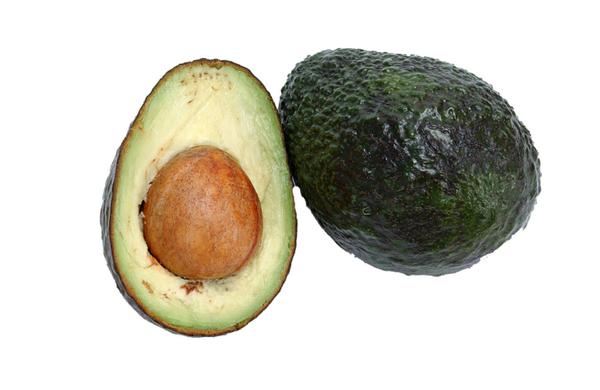
Avocados provide monounsaturated fats, the omega-3 fatty acid alpha-linoleic acid, vitamin B6, pantothenic acid, folic acid, magnesium, potassium, beta-sitosterols, and vitamin E… all of which add up to equal a heart healthy addition to your diet rich in antioxidants to reduce inflammation.
However, all the above refers to the flesh of the avocado. What about the large seed, which most of us tend to scoop out and throw away?
An avocado seed can be consumed by removing the fine layer of brown skin and then grating it or using a coffee bean grinder to grind it into a powder.
This powder can then be added to soups, salads, stews, pasta/rice dishes, smoothies and baked goods.
A viral Facebook video showed how to peel, chop, and pulverize the seed adding fuel to the idea of the avocado seed being a type of “super food”.
There is some argument regarding the positive health benefits of avocado seeds.
Avocado seeds contain protein, fiber, calcium, magnesium, potassium, flavonoids, and phenols.
Potassium to lower blood pressure
When is it normal for blood pressure to increase?

While your ideal average blood pressure is below 120/80 mm Hg, blood pressure fluctuates throughout the day depending on what you are doing. Every time your blood pressure spikes does not necessarily equal a medical emergency.
Exercise
During exercise your muscles demand more oxygen. To meet this need, the heart must pump with increased force to deliver more oxygenated blood with each contraction. As the heart’s workload increases during exercise, systolic blood pressure increases. Systolic blood pressure is the top blood pressure reading and measures the force against artery walls when the heart pumps. It is normal for systolic blood pressure to range between 160 and 220 during exercise.
The diastolic blood pressure, or the bottom number, typically does not change during exercise. Diastolic pressure measures the force against artery walls in between contractions. If your diastolic blood pressure increases during exercise by more than 20 mm Hg or becomes greater than 100 mm Hg, stop exercising and consult your doctor.
Continue reading
What is a Normal Blood Pressure by Age?
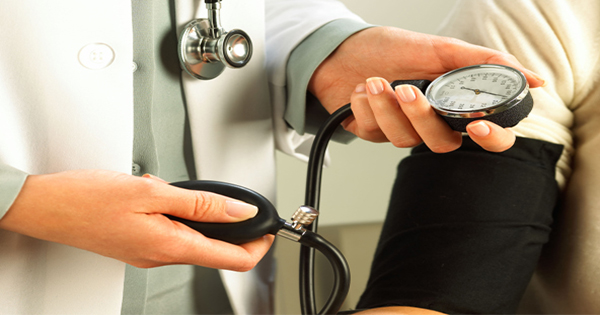 High blood pressure, or hypertension, does not always present with symptoms. You may have high blood pressure and feel perfectly fine. That is why it is important to regularly monitor your blood pressure to ensure you are within normal levels.
High blood pressure, or hypertension, does not always present with symptoms. You may have high blood pressure and feel perfectly fine. That is why it is important to regularly monitor your blood pressure to ensure you are within normal levels.
Your blood pressure reading includes a top number and bottom number. The top number is your systolic reading. This is the pressure blood exerts against artery walls when the heart contracts or beats. The bottom number is the diastolic reading. This measures the force against your artery walls when the heart is relaxed or between beats.
Your blood pressure will fluctuate throughout the day depending on changes in posture, stress, sleep, and exercise. Regardless of fluctuations, your blood pressure on average should remain less than 120/80 mm Hg.
Here are blood pressure categories as defined by the American Heart Association.
Normal blood pressure: <120 / 80 mm Hg
Prehypertension – 120-139 / 80 -89 mm Hg
Stage 1 High Blood Pressure – 140-159 / 90-99 mm Hg
Stage 2 High Blood Pressure – >160 / 100 mm Hg
Hypertensive Crisis – >180 / 110 mm Hg (seek emergency care)
Prehypertension increases your risk for developing high blood pressure. If you have prehypertension, this is an ideal time to assess your diet and lifestyle choices and implement changes to lower levels. Continue reading
Do Probiotics Lower Blood Pressure?
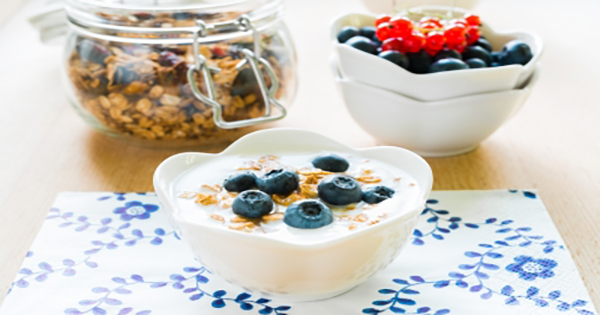 Probiotics have been linked to health benefits, such as improved digestion, reduced depression, a stronger immune system, and prevention of urinary tract infections. Researchers are now exploring a possible connection between probiotics and blood pressure.
Probiotics have been linked to health benefits, such as improved digestion, reduced depression, a stronger immune system, and prevention of urinary tract infections. Researchers are now exploring a possible connection between probiotics and blood pressure.
What are probiotics?
Probiotics are live bacteria and microorganisms that promote proper bodily function, especially within the digestive tract.
The body is full of “good” and “bad” bacteria. Probiotics are often referred to as “good”.
Probiotics are naturally found in the intestines to assist with food digestion, elimination of disease-causing microorganisms, and vitamin production.
Probiotics to lower blood pressure
How the body maintains a stable blood pressure is complex with numerous biological pathways. One pathway involves angiotensin converting enzymes (ACE) responsible for vasoconstriction of blood vessels. ACE inhibitors are blood pressure medications that inhibit the function of ACE. Probiotics have been shown to have similar ACE-inhibitory activity via the production of antihypertensive peptides. (FYI – Peptides are a combination of amino acids. Amino acids are the build blocks for protein.)
Researchers reviewed human studies on the effect of probiotics on blood pressure. Evaluation of nine trials found probiotic consumption to lower systolic blood pressure by 3.56 mm Hg and diastolic blood pressure by 2.39 mm Hg.
Greater blood pressure reduction was seen when multiple versus single species probiotics were consumed and if baseline blood pressure was above 130/85 mm Hg versus less than 130/85 mm Hg. Greater reduction was also seen in individuals who consumed the probiotic for a duration greater than 8 weeks.
This research analysis suggests probiotic consumption may modestly improve blood pressure levels.
Continue reading
Home Blood Pressure Monitor: A Review
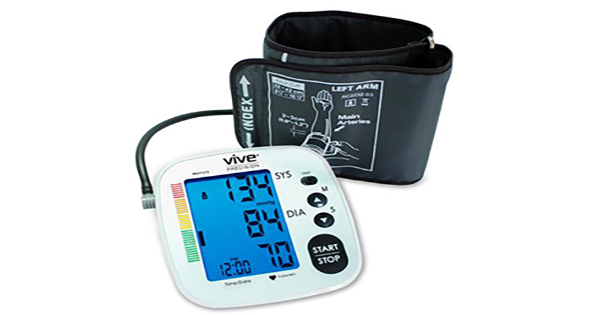 Monitoring blood pressure at home is one step you can take to supplement clinic monitoring for a more complete representation of your typical blood pressure throughout the day.
Monitoring blood pressure at home is one step you can take to supplement clinic monitoring for a more complete representation of your typical blood pressure throughout the day.
There are a wide variety of blood pressure monitors available. The American Heart Association, American Society of Hypertension, and Preventive Cardiovascular Nurses Association all recommend upper arm devices for greater accuracy. Avoid wrist and finger monitors.
When purchasing a home blood pressure monitor, it’s important you consult with your doctor or medical supply company to ensure you select an appropriate cuff size.
Vive Precision Blood Pressure Monitor
ViveHealth.com gifted me with a Vive Precision Blood Pressure Monitor along with compensation to review this device. That being said, all opinions in this review are my own.
The Vive blood pressure monitor comes with a large, easy to read display and is battery or AC power compatible. The product I received came packaged with the four AAA batteries needed. It did NOT come with the AC adapter. Looks like it requires a standard DC V6 adapter. I do like battery operated… one less cord to wrangle and the device notifies you if the battery power is getting low.
Substitute Lean Pork for Chicken or Fish to Lower Blood Pressure
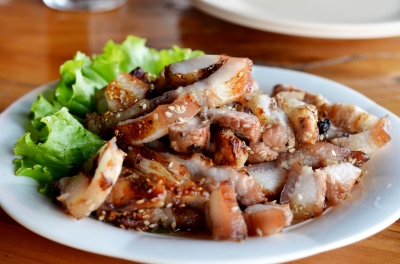
The DASH (Dietary Approaches to Stop Hypertension) diet is a plan to lower blood pressure levels. This approach incorporates a diet low in saturated fat and rich in low-fat-dairy, fruits, and vegetable.
The DASH diet includes lean, unprocessed meats in appropriate serving sizes, with two or fewer servings consumed daily. One serving of meat equals three ounces. For a visual, three ounces is about the size of a deck of cards.
A study published in the American Journal of Clinical Nutrition compared the impact of lean, unprocessed pork consumption with chicken and fish as dominant protein sources within this diet plan. Researchers determined lean pork could effectively be incorporated into a DASH-style diet promoting lower blood pressure.
Keep in mind, this only applies to unprocessed lean pork, such as tenderloins or uncured ham with visible fat trimmed. Research does NOT support adding other cuts or types of pork products that are higher in fat and salt to a DASH diet promoting low blood pressure.
Continue reading



